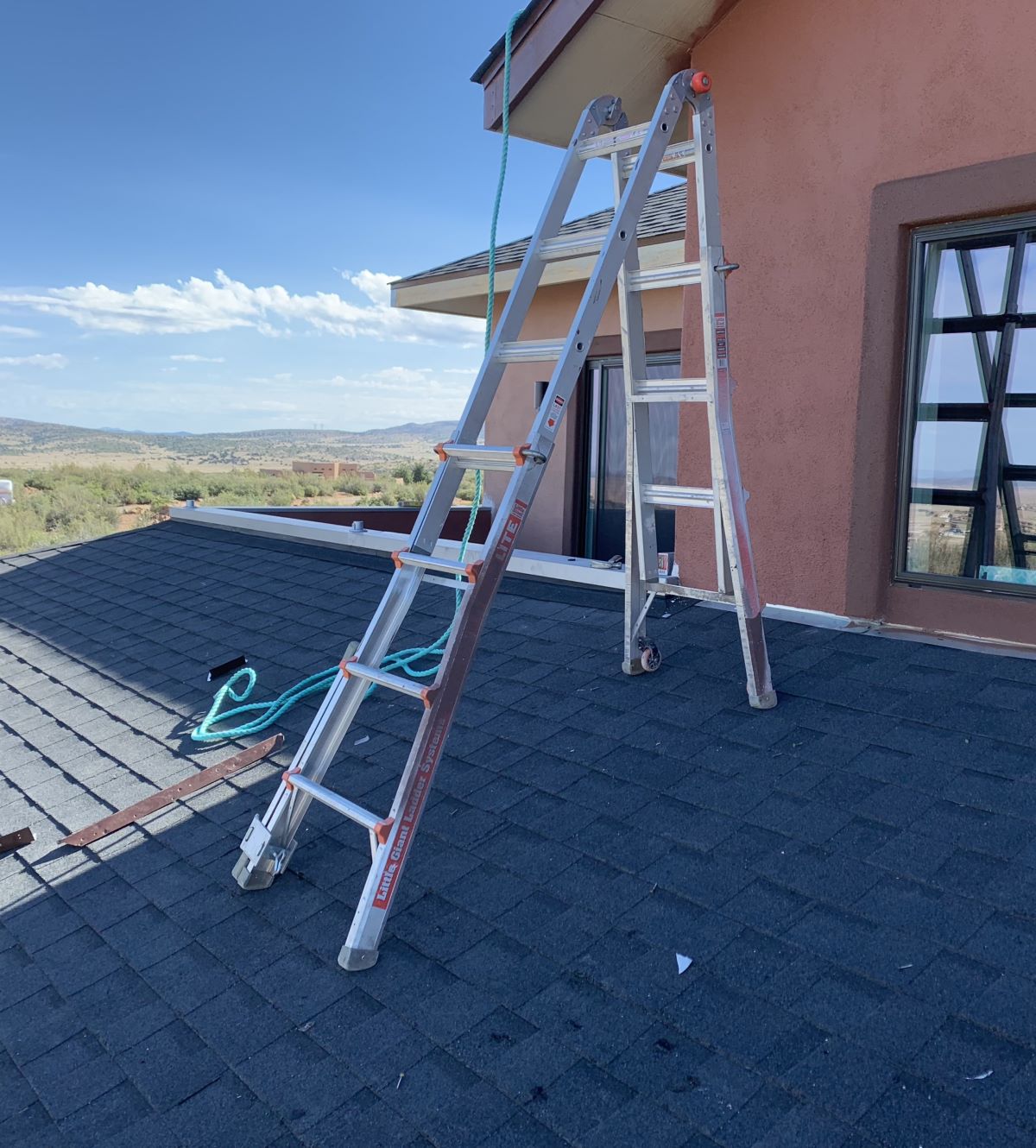

Articles
How To Use Ladder On Roof
Modified: October 31, 2024
Learn effective techniques and safety tips for using ladders on roofs in our comprehensive collection of articles. Expand your knowledge and stay safe!
(Many of the links in this article redirect to a specific reviewed product. Your purchase of these products through affiliate links helps to generate commission for Storables.com, at no extra cost. Learn more)
Introduction
Welcome to our comprehensive guide on how to safely and effectively use a ladder on a roof. Whether you are a seasoned DIY enthusiast or a professional contractor, mastering ladder safety is essential when working at heights. Climbing onto a roof can be a daunting task, but with the right knowledge and precautions, it can be done safely and efficiently.
In this article, we will walk you through the step-by-step process of using a ladder on a roof. We will cover the safety precautions you need to take, how to select the right ladder for the job, and provide detailed instructions on setting up and climbing the ladder. Additionally, we will explore best practices for working on the roof and descending the ladder safely. By the end of this guide, you will have a solid understanding of how to use a ladder on a roof with confidence.
Please keep in mind that working at heights can be dangerous, and it is essential to prioritize your safety above all else. If you are uncertain about your ability to safely work on a roof, it is best to hire a professional to complete the task.
Now, let’s dive into the important safety precautions you need to take before using a ladder on a roof.
Key Takeaways:
- Safety First
Prioritize ladder safety by inspecting, securing, and using proper gear. Prepare the roof, set up the ladder securely, climb with caution, work safely, and descend carefully to minimize risks and ensure a successful project. - Proper Storage Matters
After use, clean, inspect, and store the ladder in a suitable location. Regular maintenance and organization will extend its lifespan, ensuring safe and reliable performance for future roof projects.
Read more: What Is A Roof Ladder Used For?
Safety Precautions
Before using a ladder on a roof, it is crucial to prioritize safety. Taking the necessary precautions can help prevent accidents and ensure a smooth and secure operation. Here are some key safety measures to keep in mind:
- Assess the condition of the ladder: Before attempting to use a ladder on a roof, carefully inspect its condition. Ensure that there are no cracks, bent rungs, or other signs of damage. If any defects are found, refrain from using the ladder and replace it.
- Check the weight capacity: Ladders have weight limitations that should not be exceeded. Make sure to read the manufacturer’s guidelines and verify that the ladder can support your weight along with any tools or equipment you plan to bring with you.
- Secure the ladder: Place the ladder on a stable and level ground. If necessary, use ladder stabilizers or levelers to ensure a secure footing. Avoid placing the ladder on slippery or uneven surfaces that could cause it to shift or wobble.
- Use ladder accessories: Consider using ladder accessories such as standoff brackets or ladder stabilizers to provide additional stability and prevent damage to the roof. These accessories can help distribute the weight more evenly and minimize the risk of the ladder slipping or damaging the roof surface.
- Wear appropriate safety gear: Always wear slip-resistant footwear with good traction to prevent accidental slips or falls. Additionally, consider wearing a hard hat, safety goggles, and gloves to protect yourself from potential hazards.
- Check the weather conditions: Avoid using a ladder on a roof during inclement weather conditions, such as high winds or rain. Slippery surfaces increase the risk of accidents, so wait for optimal weather conditions before attempting to climb onto the roof.
- Communicate with others: Inform someone about your plan to use a ladder on a roof. This way, if an emergency arises, they will be aware of your location and can provide assistance if needed.
By adhering to these safety precautions, you can significantly reduce the risk of accidents and ensure a safe ladder usage experience. Now that you are familiar with the safety measures, let’s move on to selecting the right ladder for the job.
Selecting the Right Ladder
Choosing the correct ladder for working on a roof is crucial to ensure stability and safety. There are several factors to consider when selecting a ladder:
- Ladder Type: There are various types of ladders available, including step ladders, extension ladders, and combination ladders. The type of ladder you choose depends on the specific task and the height at which you need to work. For roof access, an extension ladder is typically the most suitable option.
- Height: Consider the height of the roof and choose a ladder that allows you to reach it comfortably. Ensure that the ladder’s length is sufficient to extend a few feet beyond the eaves of the roof to provide a safe transition from the ladder to the roof.
- Weight Capacity: Check the weight capacity of the ladder to ensure that it can support your weight along with any tools or materials you’ll be carrying. Exceeding the weight limit can compromise the ladder’s stability and increase the risk of accidents.
- Material: Ladders are typically made of aluminum, fiberglass, or wood. Aluminum ladders are lightweight and resistant to rust, while fiberglass ladders are non-conductive, making them ideal for working near electrical systems. Wooden ladders are sturdy but may be heavier and require extra maintenance.
- Stability: Look for ladders with slip-resistant feet or rubber grips to ensure stability when climbing onto and working on the roof.
- Portability: Consider the portability of the ladder, especially if you need to transport it to different job sites. Choose a ladder that is easy to fold or dismantle for convenient transportation.
- Quality and Durability: Invest in a ladder that is built to last. Cheaper, low-quality ladders may have design flaws that compromise safety. It’s worth investing in a ladder from a reputable brand that meets safety standards.
Once you have selected the right ladder for your roof work, it’s time to prepare the roof and ensure a smooth and secure setup. Let’s discuss the necessary steps in the next section.
Preparing the Roof
Before setting up the ladder on the roof, it’s important to ensure that the roof is in a suitable condition and free from any potential hazards. Follow these steps to prepare the roof for safe ladder usage:
- Inspect the roof: Before climbing onto the roof, visually inspect its surface for any damage, loose shingles, or debris. Ensure that the roof is structurally sound and safe to step on. If there are any signs of damage or instability, it’s advisable to consult a professional roofer for repairs before proceeding.
- Clear the area: Remove any loose objects, such as tools, branches, or debris, from the area where you plan to set up the ladder. This will minimize the risk of tripping or causing damage to the ladder or roof.
- Secure loose shingles: If you notice any loose or damaged shingles, secure them or replace them to ensure a stable surface for ladder placement. Loose shingles can make the ladder unstable or cause slips and falls.
- Identify potential hazards: Take note of any potential hazards on the roof, such as skylights, vents, or other obstructions. Ensure that you have a clear path to access the section of the roof you need to work on.
- Consider roof pitch: Evaluate the pitch or slope of the roof. Steeper roofs can be more challenging to work on, and it’s essential to take extra precautions. If you are not comfortable working on a steep roof, it’s best to call in a professional.
- Communicate with others: Inform anyone else on-site about your plans to work on the roof. Make sure they are aware of your presence and avoid walking directly under the area where the ladder will be placed.
By thoroughly preparing the roof, you are taking proactive steps to minimize risks and ensure a safe working environment. Now that the roof is ready, let’s move on to the next section, where we will discuss how to set up the ladder securely.
Setting Up the Ladder
Properly setting up the ladder on the roof is crucial for stability and safety. Follow these steps to securely position the ladder:
- Choose the right location: Identify a suitable location on the roof where you can safely place the ladder. Look for a section that is level, free from obstructions, and provides easy access to the area you need to work on.
- Angle the ladder: Position the ladder at a safe angle against the roof. The general rule of thumb is to have a 75-78 degree angle between the ladder and the roof surface. To achieve this, position the base of the ladder approximately 1/4th of the ladder’s working length away from the wall or roof edge.
- Secure the ladder: Ensure that the ladder is stable and won’t shift or slip while you climb. If necessary, use ladder stabilizers or levelers to provide additional support and prevent movement.
- Extend above the roof: Extend the ladder a few feet above the edge of the roof to provide a secure transition from the ladder to the roof surface. This will make it easier to climb on and off the ladder without any instability.
- Check the ladder locks: Verify that the locks or fasteners on the ladder are fully engaged and secure before climbing. This will prevent the ladder from collapsing or folding unintentionally.
- Test ladder stability: Before climbing onto the ladder, give it a gentle shake to ensure it is secure and stable. If the ladder wobbles or feels loose, adjust its position or support until it is stable.
- Use ladder stabilizers: If working near gutters or other fragile areas on the roof, consider using ladder stabilizers. These attachments can distribute the weight more evenly and prevent damage to the roof surface.
- Use caution with hooks: If using hook attachments on the ladder, be cautious not to damage the gutters or other roofing materials. Ensure that the hooks are secure and won’t become dislodged while you climb.
By following these steps, you will ensure that the ladder is properly positioned and securely set up on the roof. In the next section, we will guide you through the process of climbing the ladder safely.
When using a ladder on a roof, make sure the ladder is long enough to extend at least 3 feet above the roof edge for safe access. Secure the ladder at the top and bottom to prevent slipping. Always have someone hold the ladder for added stability.
Read more: How To Use A Ladder On A Sloped Roof
Climbing the Ladder
Now that the ladder is securely set up on the roof, it’s time to climb it safely. Follow these steps to navigate the ladder with caution:
- Face the ladder: Approach the ladder facing towards it, never with your back towards it. Maintain a firm grip on the ladder’s side rails before taking your first step.
- Use three points of contact: As you climb, always maintain three points of contact with the ladder. This means having both hands and one foot, or both feet and one hand, in contact with the ladder at all times.
- Place your feet properly: Ensure that you have a secure foothold on each ladder rung. Step onto the rungs flat-footed and center your weight to maintain balance.
- Ascend one step at a time: Take it slow and climb one step at a time. Avoid skipping steps or rushing the process, as this can increase the risk of losing balance.
- Keep your body centered: Maintain your body’s center of gravity directly between the ladder’s side rails. Do not lean too far to one side, as this can cause the ladder to become unbalanced.
- Keep the area clear: Ensure that the area around the ladder is clear of any obstructions or debris. This will allow for a safe and smooth climb without any hindrances.
- Avoid overreaching: Never lean or overreach to reach a distant object while on the ladder. Instead, climb down and reposition the ladder closer to your intended target. Overreaching can cause the ladder to tip or lose stability.
- Keep your focus forward: Look straight ahead while climbing and avoid looking down or around excessively. This will help maintain your balance and prevent dizziness or disorientation.
- Communicate on the ladder: If someone needs to pass by or use the ladder while you are on it, communicate and coordinate to ensure a safe transition.
By following these safety guidelines, you will climb the ladder with confidence and reduce the risk of accidents or falls. In the next section, we will discuss best practices for working on the roof once you have reached the desired height.
Working on the Roof
Once you have safely climbed the ladder and reached the desired height on the roof, it’s important to practice safe working habits to minimize risks. Here are some best practices for working on the roof:
- Wear appropriate gear: Always wear the necessary safety gear, including non-slip footwear, a hard hat, safety goggles, and gloves. These will help protect you from potential hazards such as falling objects or sharp materials.
- Maintain a stable stance: When working on the roof, position yourself with a wide and stable stance. Keep your feet shoulder-width apart to maintain balance and stability.
- Use proper tools and equipment: Ensure that you have the right tools and equipment for the task at hand. This includes appropriate roofing tools, such as hammers, nail guns, safety harnesses, or any specialized equipment required for the specific job.
- Take breaks: Roof work can be physically demanding, so it’s essential to take regular breaks to rest and hydrate. This will help prevent fatigue and maintain focus and alertness.
- Mind the weather conditions: Be aware of the weather conditions while working on the roof. If strong winds, rain, or other adverse weather conditions arise, it’s best to suspend work and descend from the roof until conditions improve.
- Work with a partner: Whenever possible, have a partner or colleague nearby while working on the roof. They can provide assistance, help in case of emergencies, and act as an extra set of eyes for safety.
- Stay aware of your surroundings: Pay attention to your surroundings and be aware of potential hazards. Look out for open skylights, ducts, or any other openings that pose a risk of falls or accidents.
- Secure tools and equipment: When not in use, securely store tools and equipment to prevent them from falling off the roof. Use tool belts, secure storage containers, or tethering techniques to keep everything in place.
- Minimize roof traffic: Limit the number of people accessing the roof to reduce the risk of accidents or damage. When possible, designate specific pathways and communicate with others to avoid congestion.
- Follow industry best practices: Familiarize yourself with industry-specific safety guidelines and best practices for working on roofs. Adhering to these standards will help ensure a safe and efficient work environment.
Remember, safety should always be your top priority when working on the roof. By following these best practices, you can minimize risks and effectively complete your tasks. In the next section, we will discuss how to safely descend the ladder once your work is done.
Descending the Ladder
Descending the ladder safely is just as important as climbing it. Follow these steps to ensure a smooth and secure descent:
- Face the ladder: When descending, make sure you are facing the ladder with your hands firmly gripping the side rails.
- Step down slowly: Descend one step at a time, maintaining three points of contact with the ladder as you go. Take your time and avoid rushing.
- Use proper foot placement: Ensure that you have a secure footing on each ladder rung as you descend. Place your feet flat on the rungs and center your weight.
- Keep a secure grip: Maintain a firm grip on the ladder’s side rails throughout the descent. This will provide stability and prevent slips or falls.
- Watch your surroundings: Pay attention to your surroundings and be mindful of obstacles or hazards on the roof or ground below as you descend.
- Clear the area: Before reaching the bottom of the ladder, make sure the area around it is clear from any debris or objects that could cause a trip or fall.
- Communicate with others: If someone needs to use the ladder while you are descending, communicate and coordinate to ensure a smooth transition and avoid accidents.
- Secure the ladder: Once you have safely descended, ensure that the ladder is properly secured or stored away to prevent any unintended movement or hazards.
- Inspect the ladder: Thoroughly inspect the ladder for any damage or defects before storing it. Address any issues or replace the ladder if necessary.
- Clean up: If there is any debris or materials left on the roof, clean them up and ensure that the workspace is tidy before leaving.
By following these guidelines, you can safely descend the ladder and complete your work on the roof. Now that you have successfully descended, it’s time to store the ladder properly for future use.
Storing the Ladder
Properly storing the ladder after use is essential to maintain its longevity and ensure safe future use. Follow these steps to store the ladder effectively:
- Clean the ladder: Before storing, remove any dirt, debris, or other materials from the ladder. Use a brush or cloth to wipe it down and ensure it is free from any potential hazards.
- Inspect for damage: Thoroughly inspect the ladder for any signs of damage or wear. Check for cracks, bent rungs, or other defects that may compromise the ladder’s stability. If any issues are found, address them promptly and repair or replace the ladder as needed.
- Fold or collapse the ladder: If your ladder is a foldable or collapsible type, follow the manufacturer’s instructions to fold or collapse it properly. This will help save space and make it easier to store.
- Choose an appropriate storage location: Select a suitable area to store the ladder. It should be protected from extreme temperatures and moisture, which can cause damage over time. Ideally, store the ladder in a dry and enclosed space, such as a shed or garage.
- Secure the ladder: Store the ladder in an upright position, resting securely against a wall or other stable surface. Ensure that it is not at risk of falling or causing any obstructions.
- Use ladder storage accessories: Consider using ladder storage accessories, such as ladder hooks or brackets, to keep the ladder organized and off the ground. These accessories can help prevent damage and make it easier to access the ladder when needed.
- Keep it out of reach: If there are children in the vicinity, store the ladder in a location that is inaccessible to them. This will prevent any accidental injuries or mishaps.
- Label and organize: If you have multiple ladders, label and organize them accordingly. This will help you quickly identify the ladder you need for future projects.
- Regularly maintain: Regularly inspect and maintain the stored ladder to ensure it remains in good condition. Check for any signs of damage or deterioration and address them promptly. Cleaning the ladder periodically is also recommended.
By following these storage guidelines, you can keep your ladder safe, organized, and ready for future use. Taking proper care of your ladder will help extend its lifespan and ensure reliable performance when you need it.
Now that you know how to store the ladder properly, let’s conclude this comprehensive guide on using a ladder on a roof.
Conclusion
Using a ladder on a roof can be a challenging task that requires careful planning, attention to safety precautions, and adherence to best practices. By following the step-by-step guidelines outlined in this comprehensive guide, you can confidently and safely use a ladder on a roof for various projects and maintenance tasks.
We started by emphasizing the importance of safety precautions, including ladder inspection, weight capacity consideration, ladder stability, and the use of appropriate safety gear. We then discussed the process of selecting the right ladder for the job, considering factors such as ladder type, height, weight capacity, material, stability, portability, and quality.
Preparing the roof ensures a safe working environment. We discussed the essential steps of inspecting the roof, clearing the area, securing loose shingles, identifying potential hazards, considering roof pitch, and communicating with others.
Setting up the ladder properly is crucial for stability. We explained how to choose the right location, angle the ladder correctly, secure it, extend it above the roof, check ladder locks, test stability, and use ladder stabilizers or hooks if necessary.
Climbing the ladder requires caution and proper technique. We covered important guidelines such as facing the ladder, using three points of contact, placing feet properly, ascending one step at a time, keeping the body centered, keeping the focus forward, and communicating on the ladder.
While working on the roof, it is vital to maintain safe practices. We discussed wearing appropriate gear, maintaining a stable stance, using proper tools and equipment, taking breaks, being mindful of weather conditions, working with a partner, staying aware of surroundings, securing tools and equipment, minimizing roof traffic, and following industry best practices.
Descending the ladder safely is just as important as climbing up. We highlighted the steps to face the ladder, step down slowly, maintain proper foot placement, keep a secure grip, watch surroundings, clear the area, communicate with others, secure the ladder, inspect it for damage, and clean up the workspace.
Lastly, we discussed the significance of properly storing the ladder to ensure its longevity and safe future use. This includes cleaning the ladder, inspecting for damage, folding or collapsing it (if applicable), choosing an appropriate storage location, securing the ladder, using ladder storage accessories, keeping it out of reach of children, labeling and organizing, and regularly maintaining the ladder.
By following these guidelines and best practices, you can confidently and safely use a ladder on a roof for various tasks. Prioritizing safety, taking precautions, and using proper techniques will help you complete your projects efficiently, while protecting yourself and those around you from potential accidents.
Remember, if you ever feel uncertain or uncomfortable about working on a roof, it’s always advisable to seek the help of a professional. Your safety is paramount.
Stay safe and enjoy your successful roof projects!
Frequently Asked Questions about How To Use Ladder On Roof
Was this page helpful?
At Storables.com, we guarantee accurate and reliable information. Our content, validated by Expert Board Contributors, is crafted following stringent Editorial Policies. We're committed to providing you with well-researched, expert-backed insights for all your informational needs.
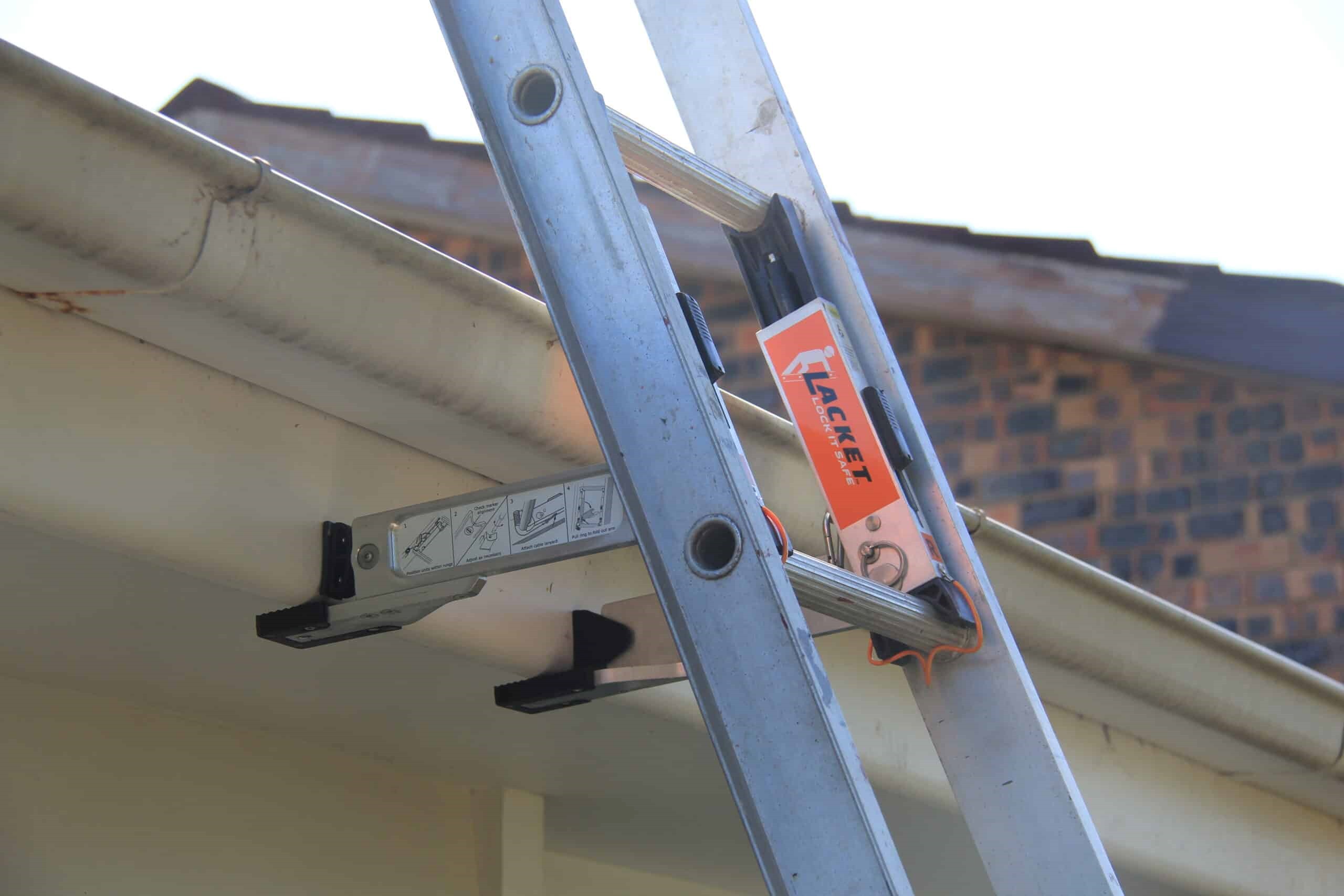
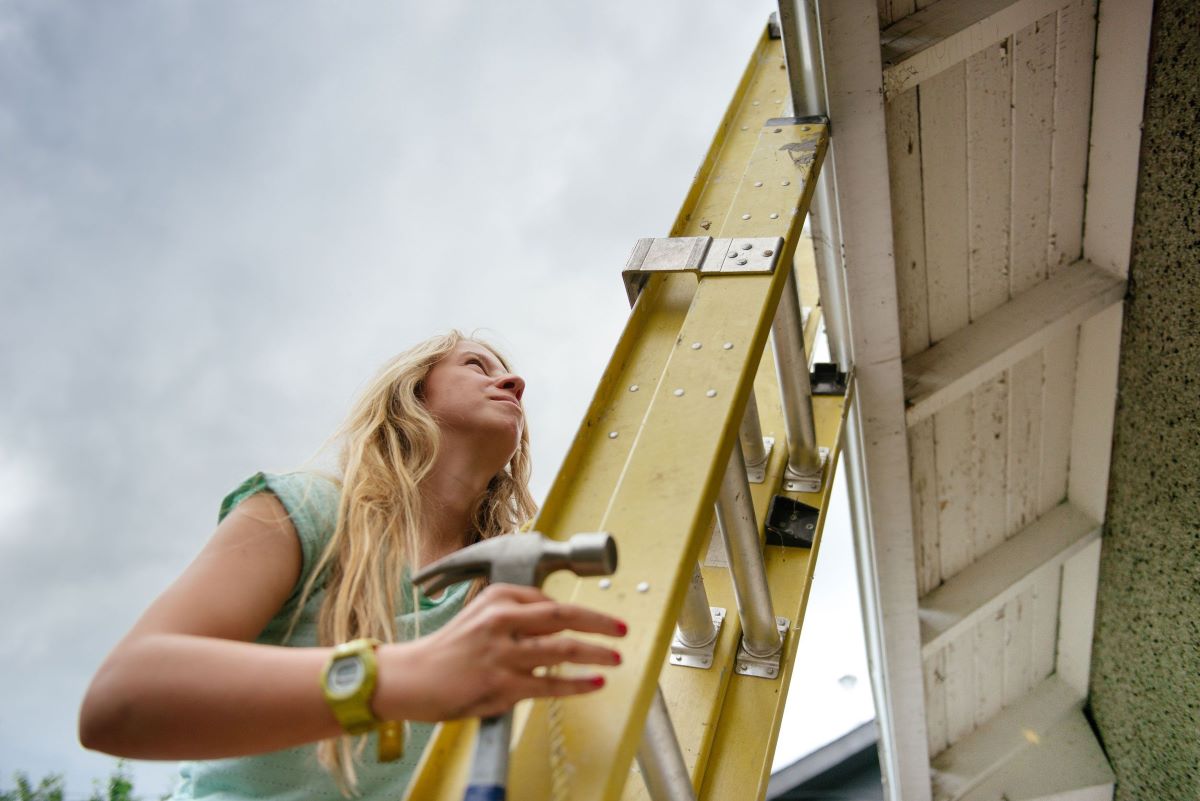
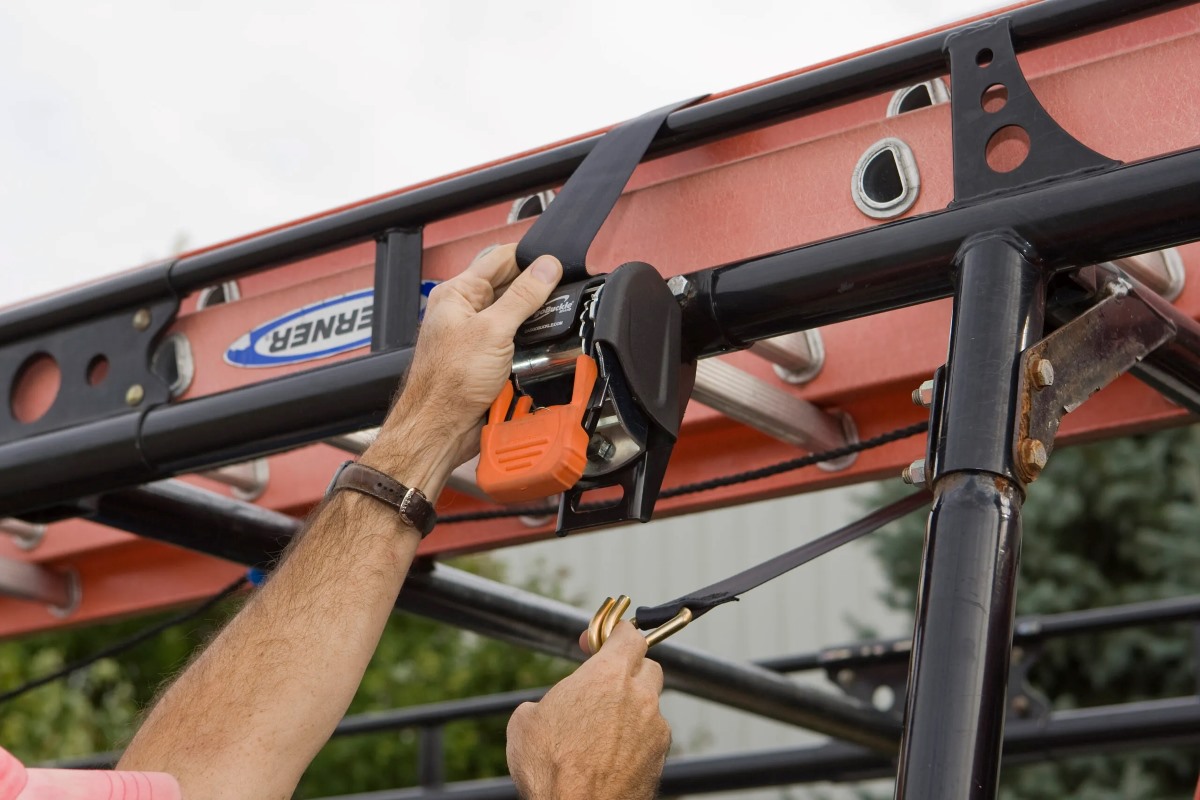
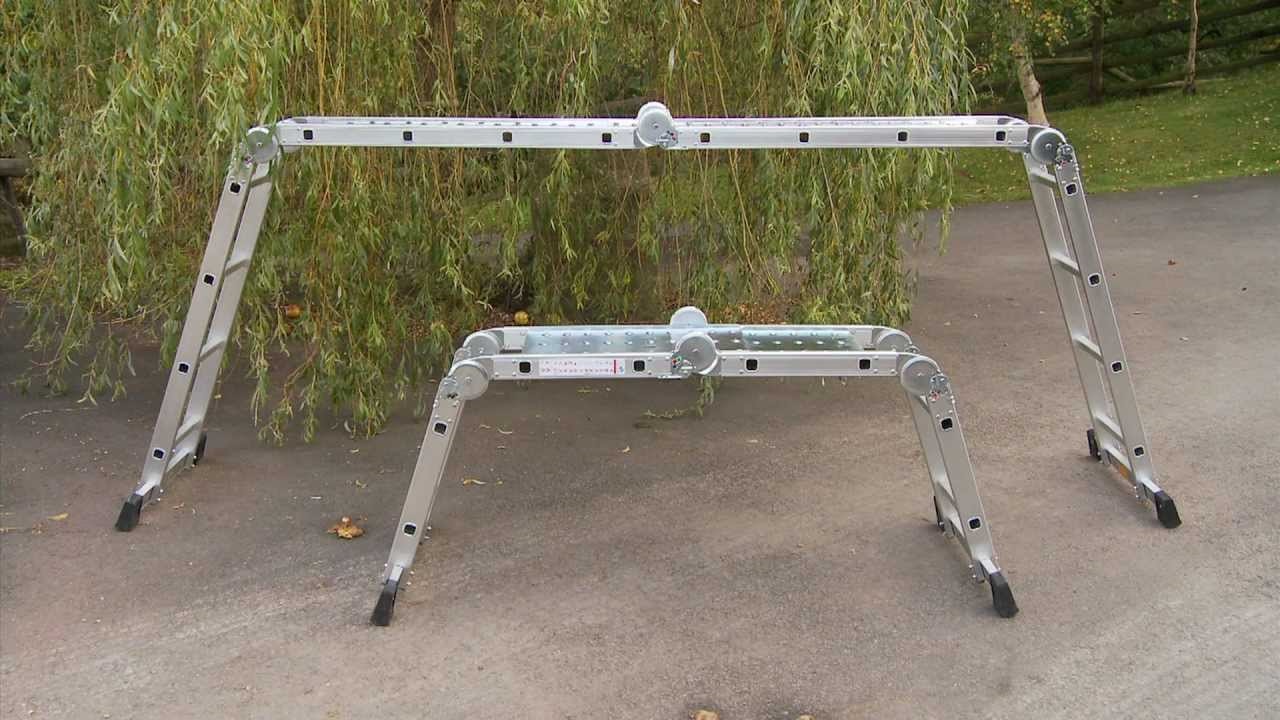
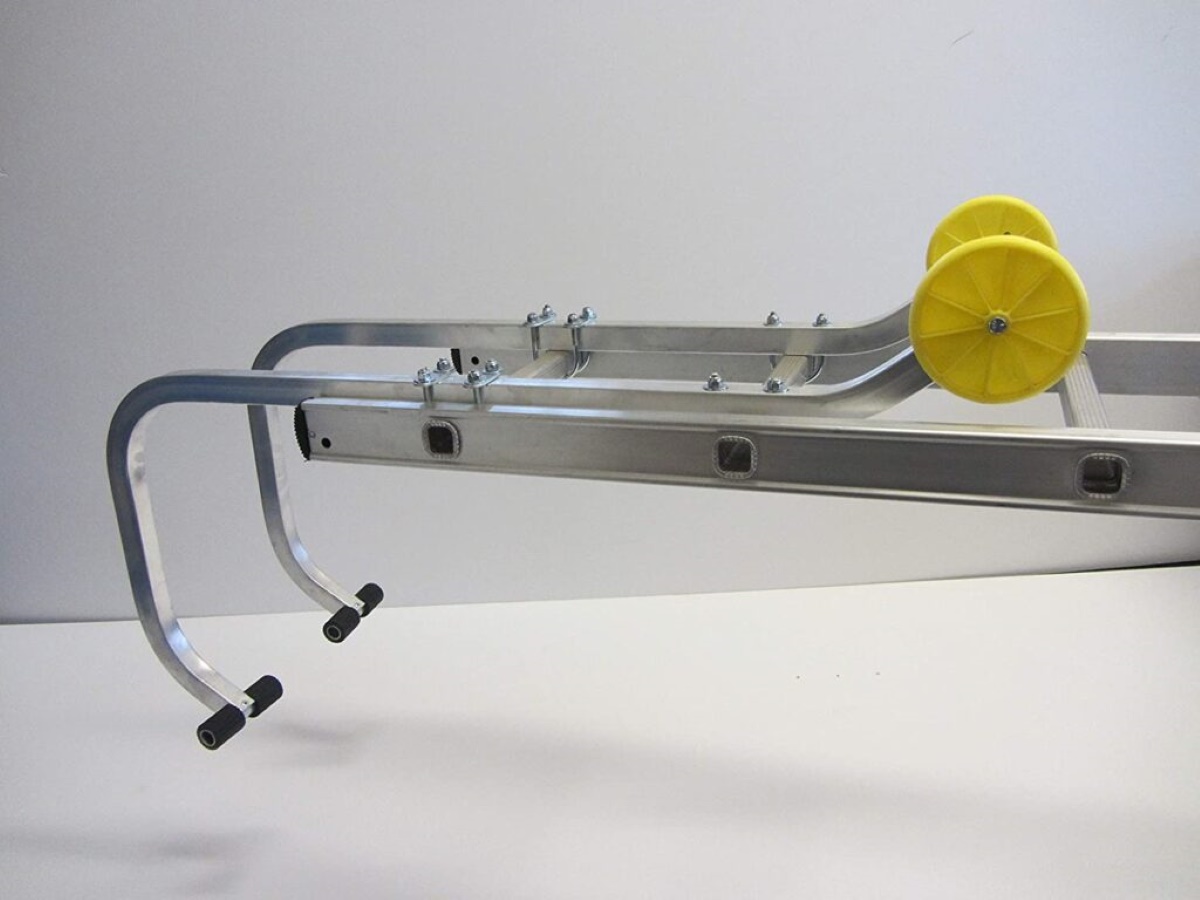
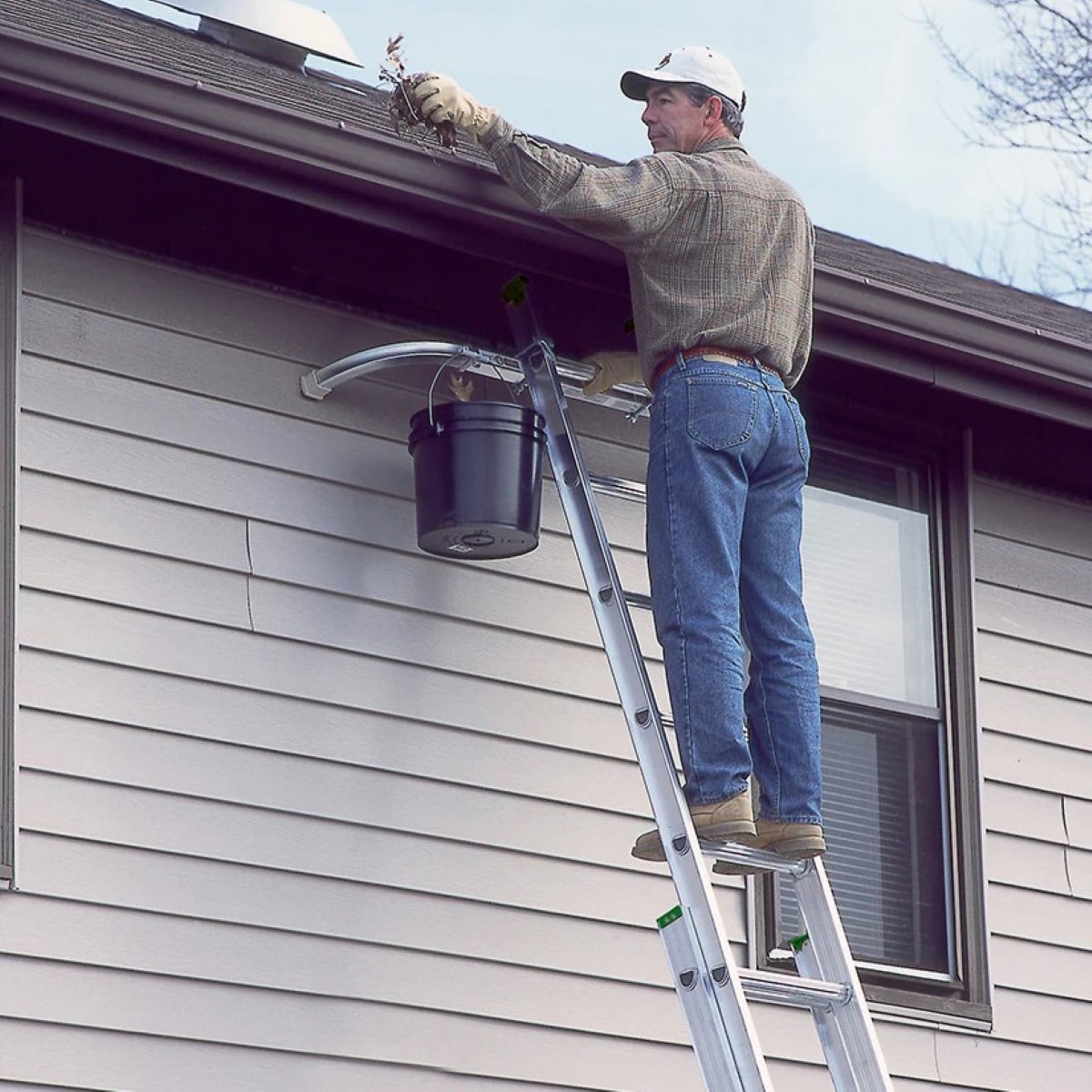
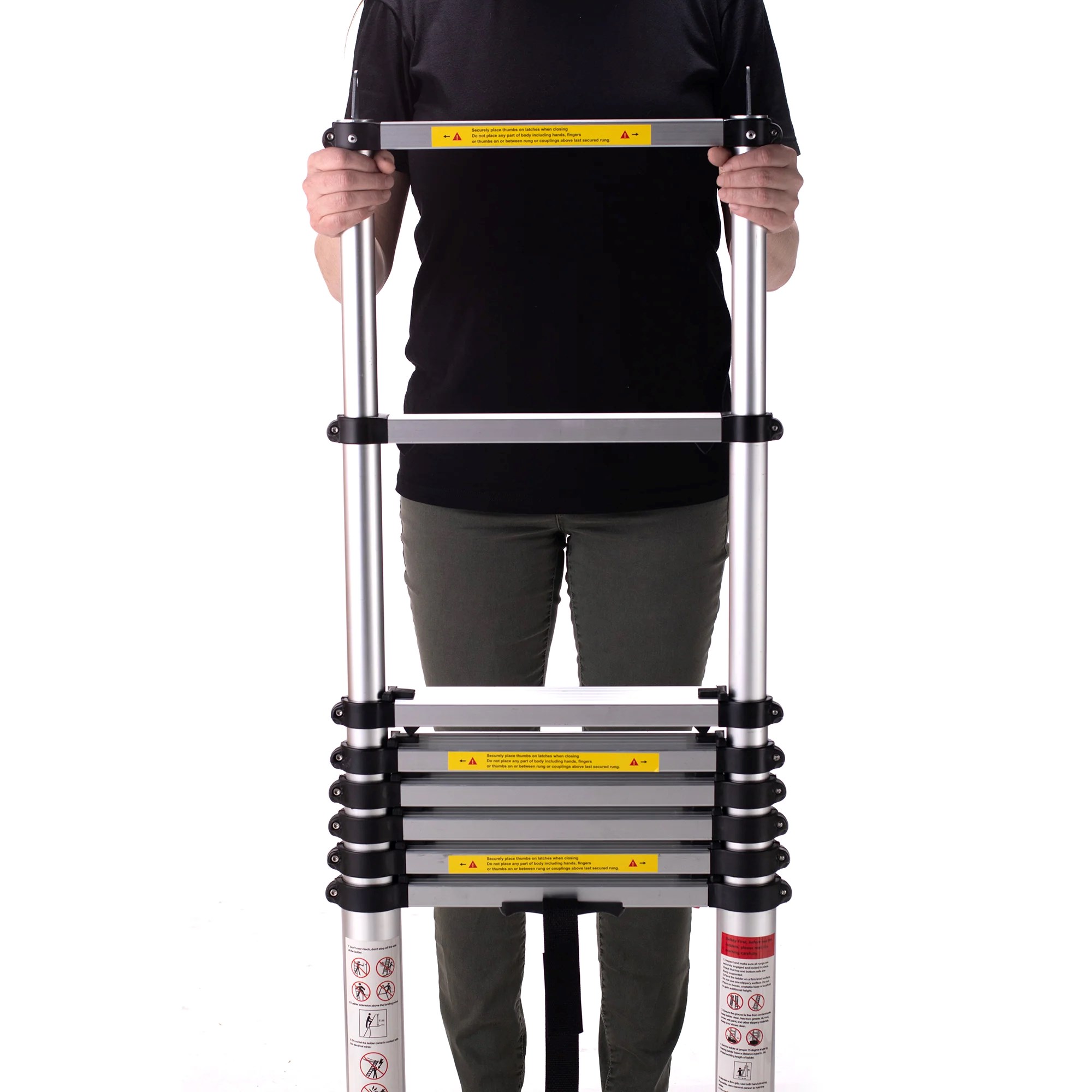
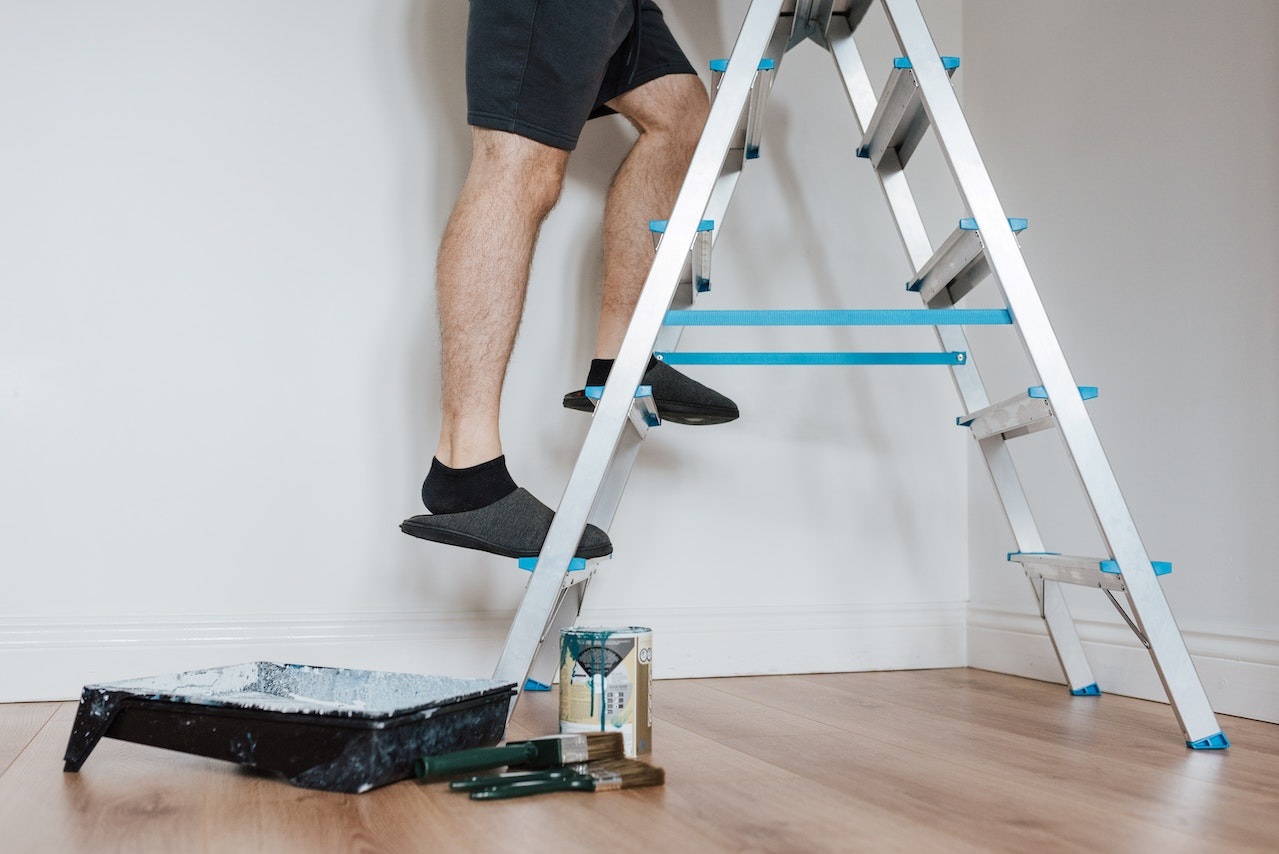
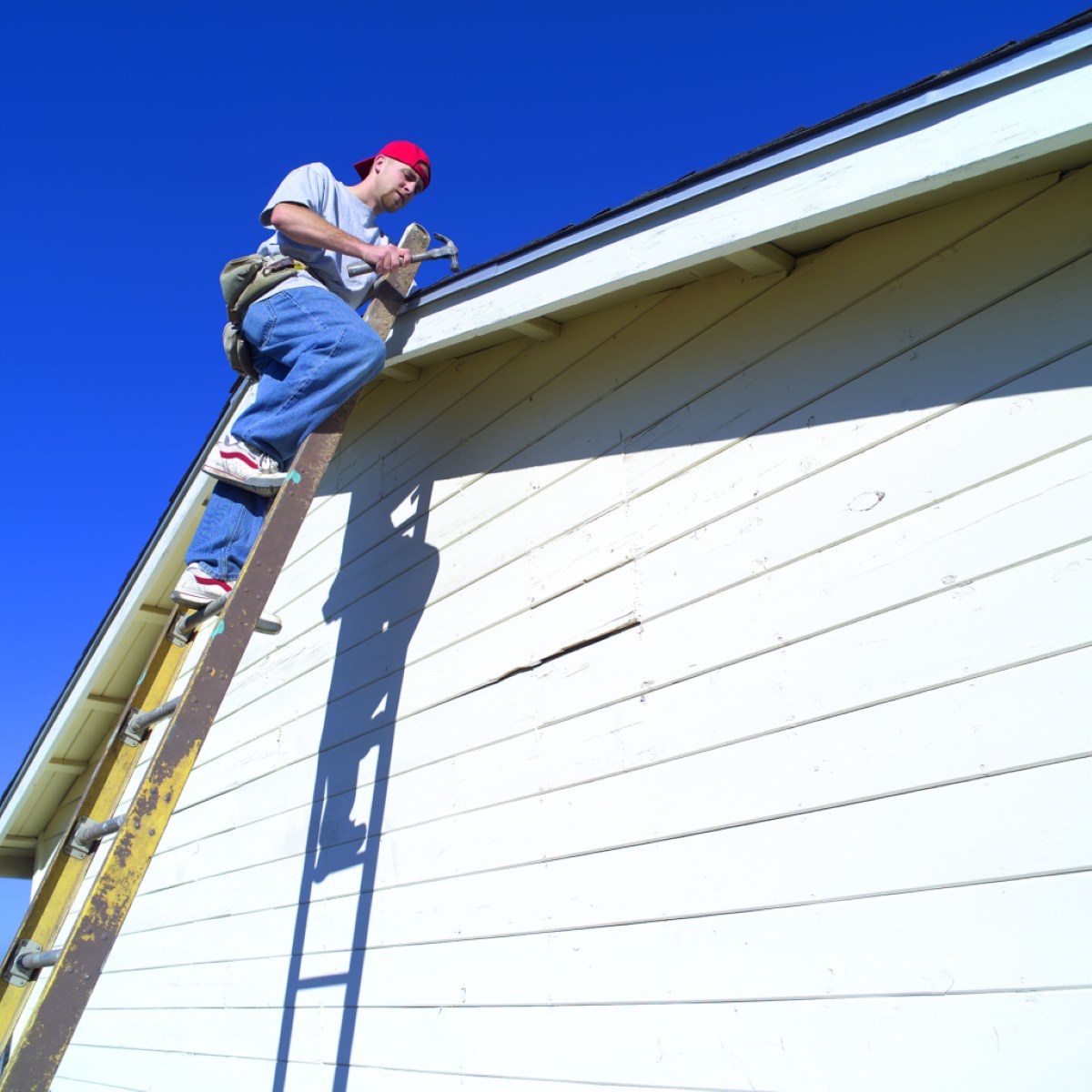
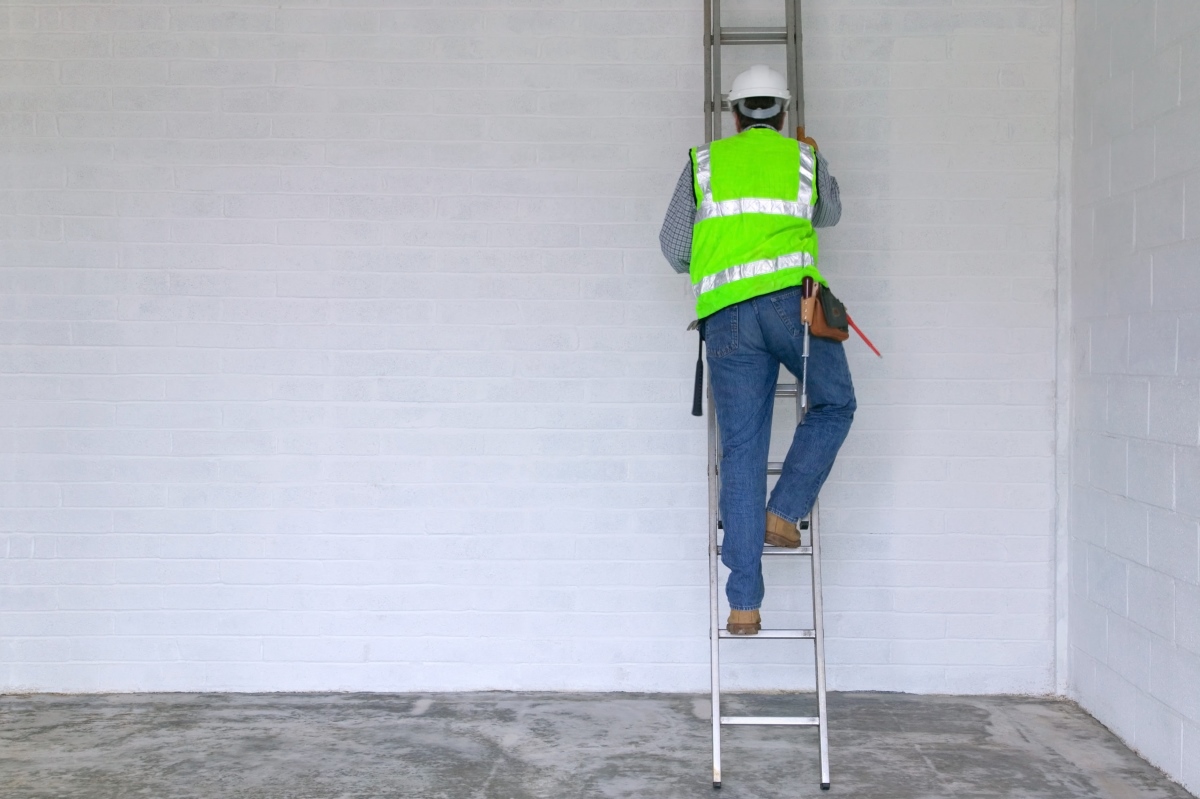
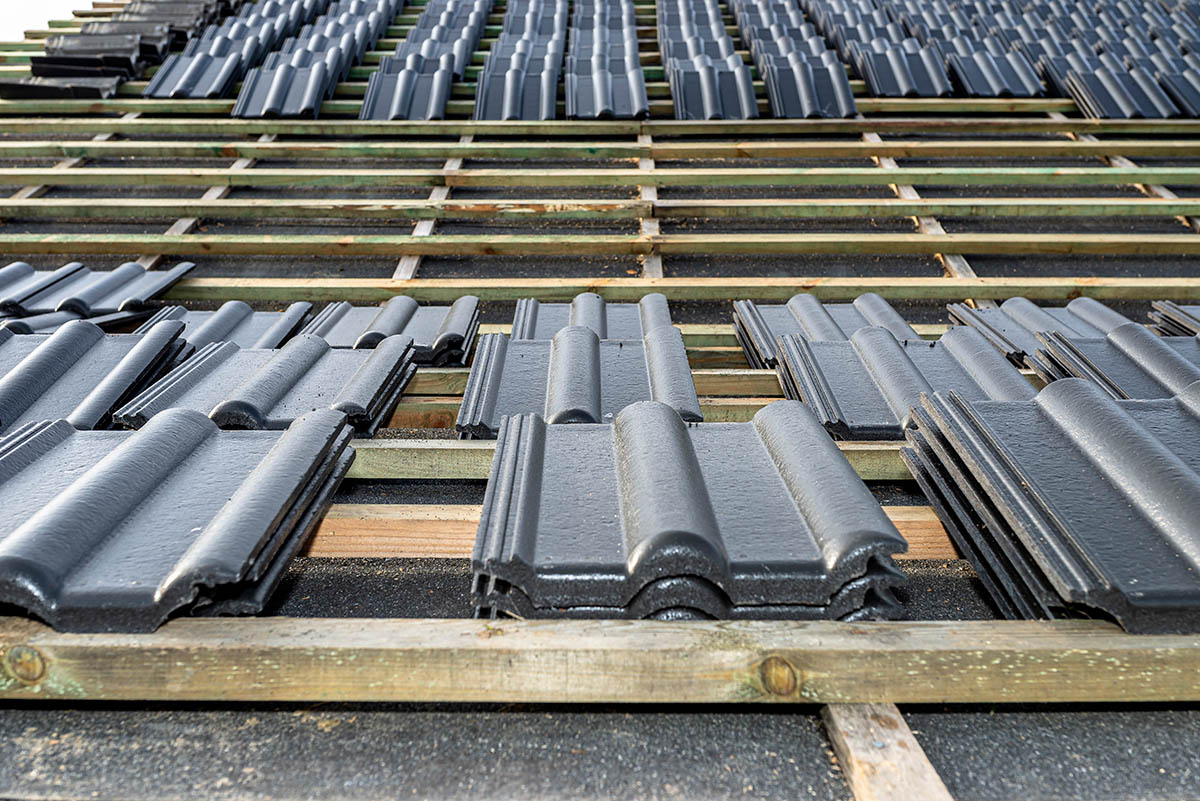
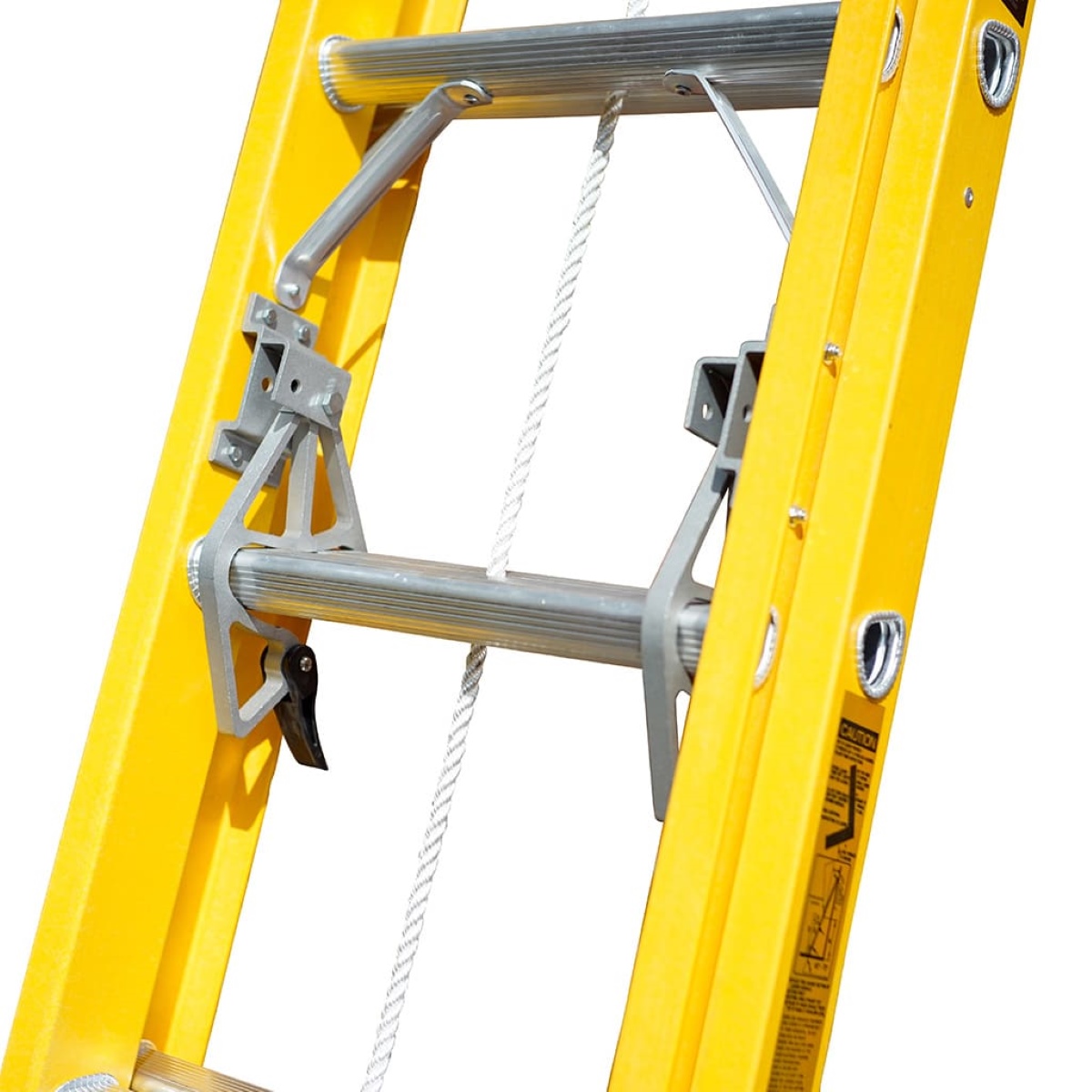
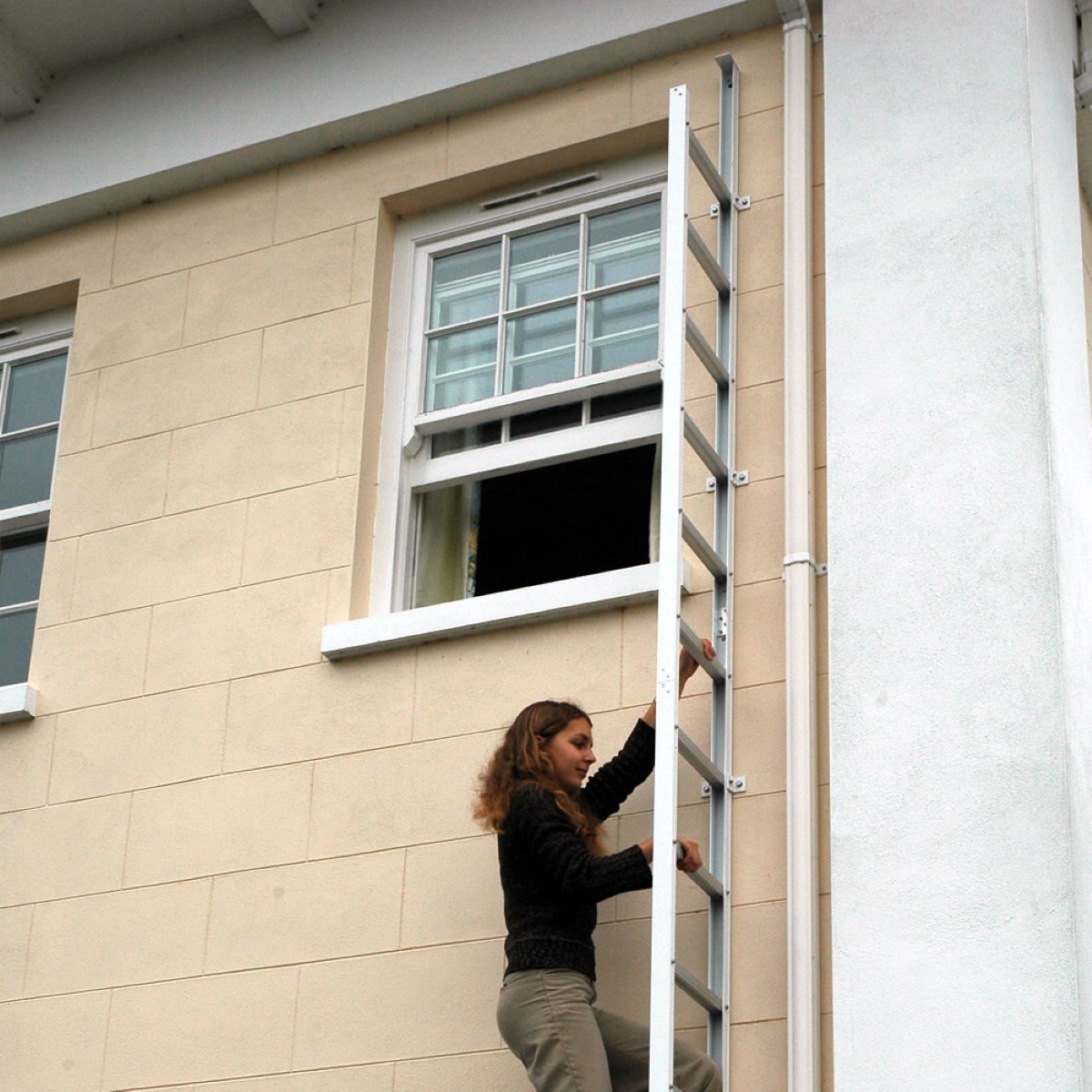

0 thoughts on “How To Use Ladder On Roof”